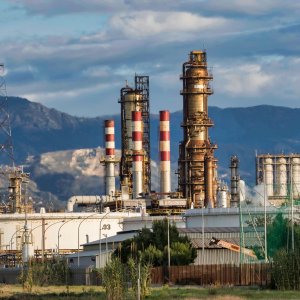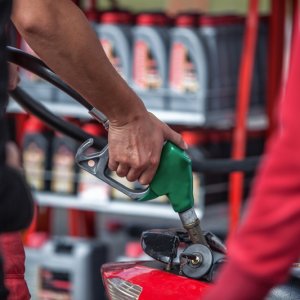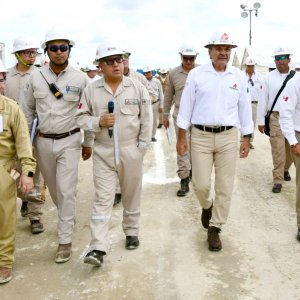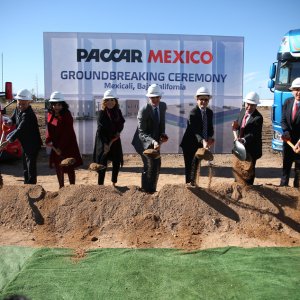
Operational Costs Are Expected to Increase Throughout 2022
 By Paloma Duran | Journalist and Industry Analyst -
Tue, 11/09/2021 - 08:05
By Paloma Duran | Journalist and Industry Analyst -
Tue, 11/09/2021 - 08:05
Mining companies have reported an increase in spending as supply chain disruptions have raised fuel prices and other supplies, which are expected to continue to increase in 2022. In addition, they have announced that while they cannot control global trading conditions, steps are being taken to limit their impact.
Five of the main mining producers in Mexico have reported a 4 to 7 percent increase in their spending, as fuel prices and other inputs have risen exponentially in recent months. According to them, all these variables are expected to continue increasing throughout 2022.
Jamie Porter, Alamos Gold's Chief Financial Officer, said the company's operating expenses have increased between 5 and7 percent. For the company, prices for its Mulatos gold mine, diesel and steel have grown as several of its previous contracts have expired.
In an interview with MBN, John McCluskey, CEO of Alamos Gold, said the company focuses on efficiency and productivity to control and reduce costs. “These variables are key to having a long-term sustainable business in gold mining, which is why we are focused on controlling costs and finding ways to operate more efficiently. We have invested in increasing the scale of the operation to reduce costs,” said McCluskey.
Torex Gold said its operating expenses have also increased and are expected to continue through 2022. "Indicators show that we expect inflationary pressures of 5 to 6 percent to flow into our cost base for next year, with pressures especially on cyanide, electricity and diesel prices," said Torex Gold’s CFO, Andrew Snowden.
Coeur Mining has also reported a 5 percent increase in its operating costs due to a 35 percent diesel price increase in the US and 20 percent increase in Mexico. Thomas Whelan, Coeur Mining’s Chief Financial Officer, said the company does not expect costs to decrease significantly in the near future. "We do not anticipate the pressure to lift in 2022, so we are doing a lot of things to do our best to keep costs down," added Whelan.
Furthermore, Newmont announced that it is experiencing 5 percent inflation in materials, energy and workers, which have risen due to the pandemic. "While COVID-19 infection rates are declining and vaccination rates have improved near our operations, the ripple effect of supply chain disruptions and tightening labor markets has created new complexities," said Rob Atkinson, Newmont's Chief Operating Officer.
Atkinson announced that Newmont has decided to focus on improving its efficiency through its Full Potential program, which seeks to reduce costs at the Peñasquito mines in Mexico and Cerro Negro in Argentina. The company also seeks to maximize the amount of material that goes into its transports and containers, seeking to reduce rising freight costs, said Dean Gehring, Newmont's Chief Technology Officer.
Equinox Gold announced that it has also experienced a 4 percent cost increase due to the inflation in cyanide, lime and diesel, for which the company is implementing measures to reduce costs and improve its supply chain. “We are implementing global supply chain measures to help with economies of scale and reduce costs, and also of course to help with logistics and supply chain disruption that we are seeing is leading to some of the increases," Peter Hardie, Equinox Gold’s Financing Director, said on a conference call.
In recent months, oil prices have been on the rise, with a barrel of Brent crude rising to US$80.69 in October, considered the first time it passed the US$80 mark since October 2018. According to experts, there are several factors behind the rise in the price of oil. Firstly, economies around the world are recovering and looking to make up for lost time, as a result, demand has increased. Second, Hurricanes Ida and Nicholas have damaged US oil infrastructure. Third, the coal shortage in Asia has caused the continent to use more oil. Fourth, an increase in natural gas prices has increased the demand for oil, Marca reported.
















